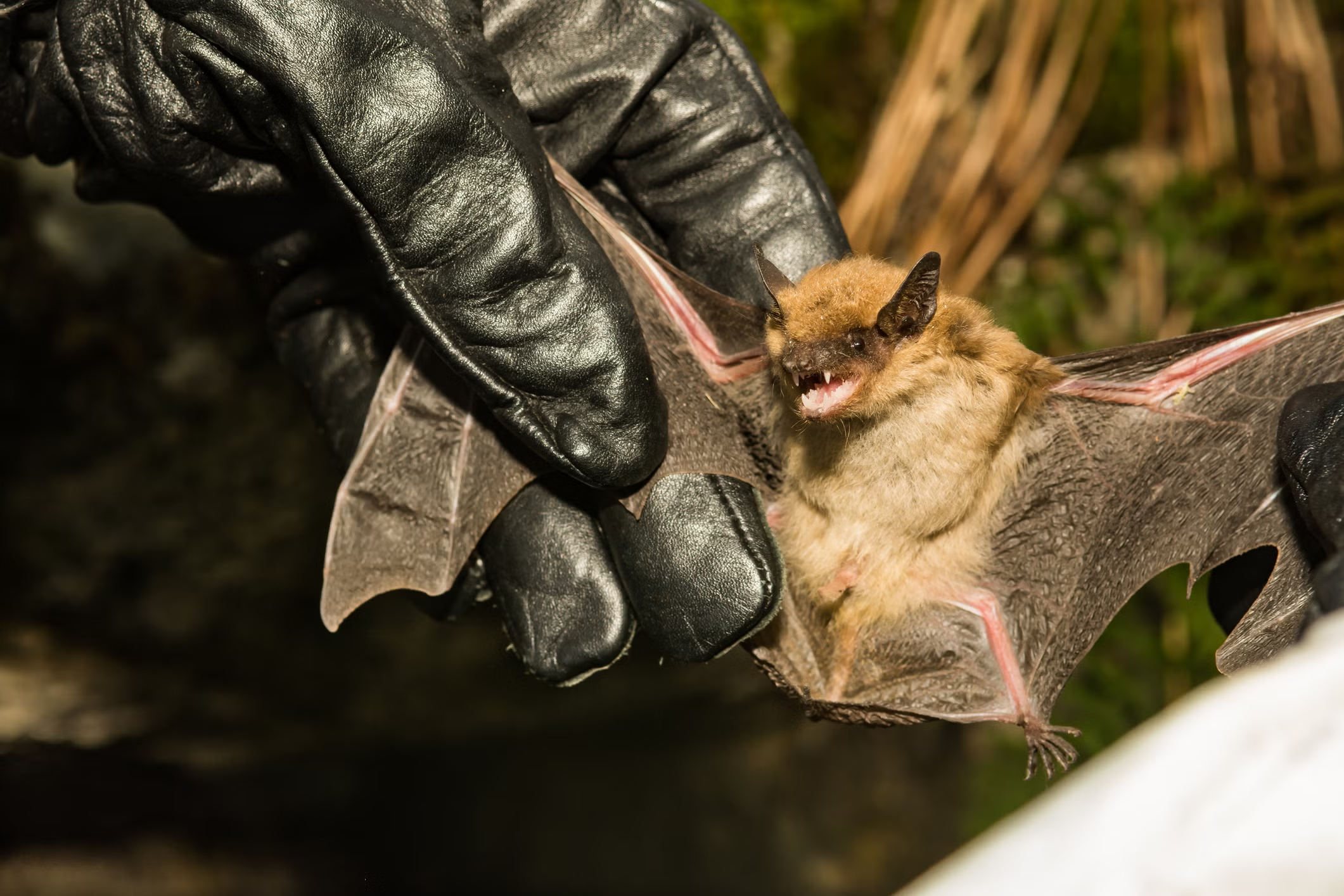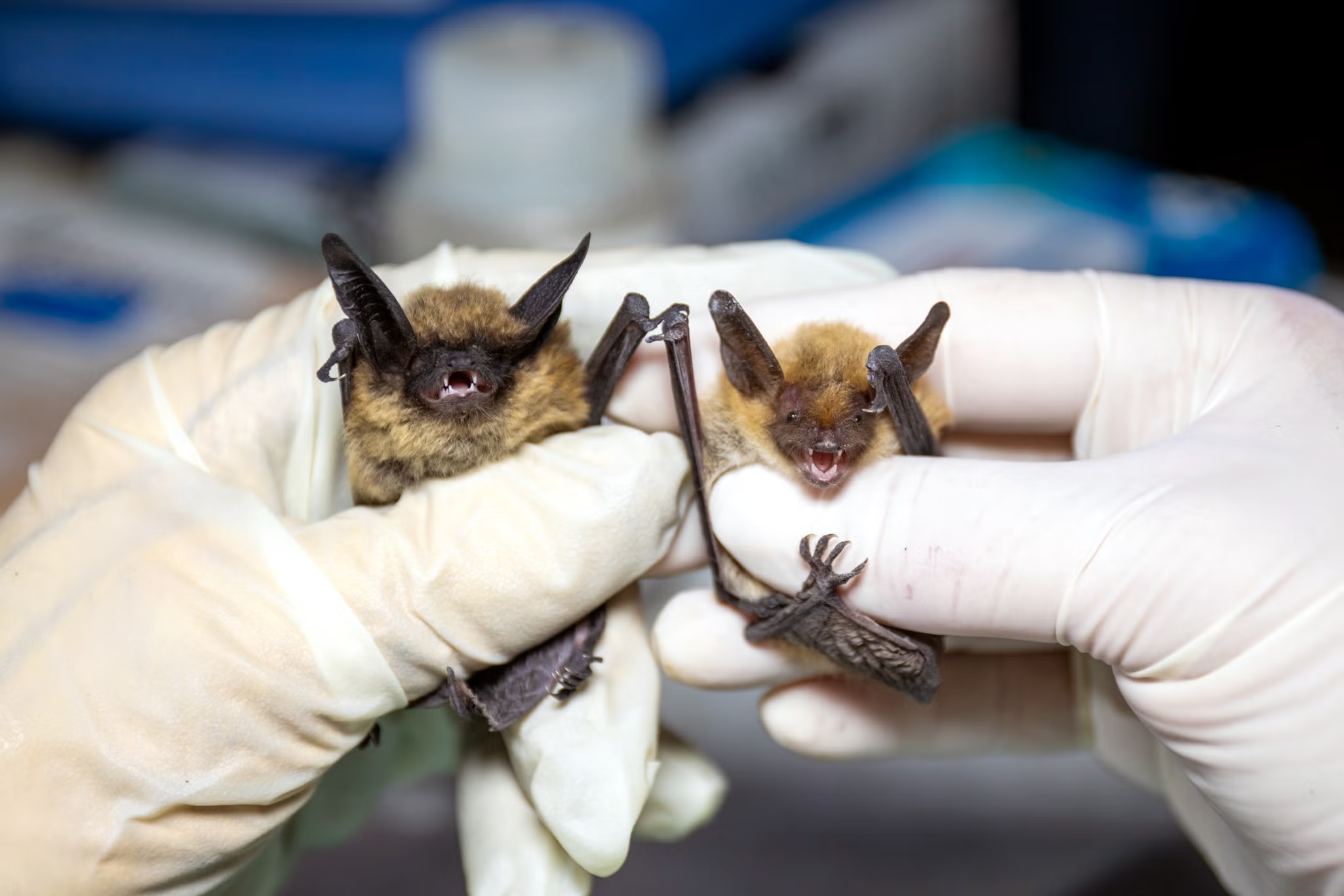Your support helps us to tell the story
Support NowFrom reproductive rights to climate change to Big Tech, The Independent is on the ground when the story is developing. Whether it's investigating the financials of Elon Musk's pro-Trump PAC or producing our latest documentary, 'The A Word', which shines a light on the American women fighting for reproductive rights, we know how important it is to parse out the facts from the messaging.
At such a critical moment in US history, we need reporters on the ground. Your donation allows us to keep sending journalists to speak to both sides of the story.
The Independent is trusted by Americans across the entire political spectrum. And unlike many other quality news outlets, we choose not to lock Americans out of our reporting and analysis with paywalls. We believe quality journalism should be available to everyone, paid for by those who can afford it.
Your support makes all the difference.A deadly fungus that led to the death of millions of bats across North America has been detected in several counties across California, wildlife officials announced this week.
The Department of Fish and Wildlife said that the fungus was first detected last year in bats in northern Humboldt County, California, and this year was confirmed in four other northern and central counties. But inconclusive laboratory test results suggested the fungus behind “white-nose syndrome” may also be present in seven additional counties, including southern San Diego and San Bernardino.
The fungus has been detected on several species of bats in California. It was found on Western red bat for the first time in May.
While the syndrome has not yet been observed in any of the state’s 25 species of bats, officials are concerned that the presence of the fungus suggests it could attack the bats within the next few years. That’s happened in other states since the disease was discovered in 2006.
White-nose syndrome develops when the fungus, known as Pseudogymnoascus destructans, invades the bats’ skin cells. It appears as white fuzz on their faces and damages the animals’ delicate wings. Bats that are infected often end winter hibernation early, when water and food are scarce.
They become dehydrated and often die as a result.

While people can unintentionally spread the fungus through spores on clothing or shoes, there have been no reported human illnesses related to the disease.
Scientists regularly monitor bats when they emerge from hibernation each spring to test for the fungus.
Earlier this month, researchers said they’d collected bacteria and fungi from the wings of bats that could help save them from infection. The McMaster University researchers plan to refine a probiotic treatment they had developed with other partners.

“To develop a powerful probiotic cocktail that will work and will have an effect against the fungus in nature, we must understand the microbiome of the bats, or what exactly is on their wings,” said Jianping Xu, a professor in the Department of Biology at McMaster University.
Bats are important for the ecosystems, contributing approximately $3.7 billion worth of insect pest control for farmers each year. Their poop, known as guano, can also be used as fertilizer to improve soil health. Bats help keep insect populations in check and some bats are pollinators in tropical and subtropical areas of the Americas.
Disclaimer: The copyright of this article belongs to the original author. Reposting this article is solely for the purpose of information dissemination and does not constitute any investment advice. If there is any infringement, please contact us immediately. We will make corrections or deletions as necessary. Thank you.



